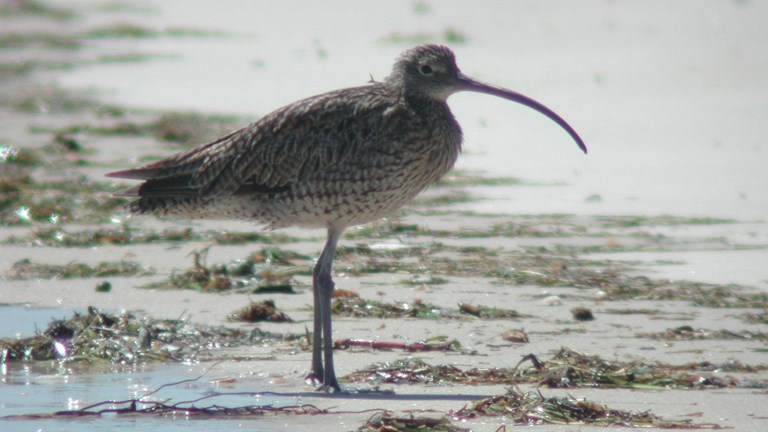
Eastern Curlew
Numenius madagascariensis
Calidris ruficollis
Population growth and economic development are the biggest threats to the habitat of Red-necked Stints. Their survival is affected by the destruction of their wetlands, pollution and hunting. The major stopover points along their migratory path, many of are populated by humans, need to be protected. Severe weather can also affect the birds: being blown off course can deplete their energy supplies, and they may then die of exhaustion.
Red-necked Stints
Red-necked Stints frequent tidal mudflats, saltmarshes, beaches, wetlands (coastal and inland), saltfields and sewage ponds all over Australia.
Red-necked Stints are very small migratory waders with short legs and a thick-set body.
Males and females have the same plumage, which changes between breeding and non-breeding seasons. Non-breeding plumage is generally mottled grey-brown and white. Just before migrating, the birds moult into their breeding plumage in which the feathers are a reddish brown along their neck and part of their back, giving them their name. Their bills, legs and feet are black.
These birds use their slender, sensitive bills to feel the vibrations of prey in the ground, and are often seen with a muddy bill. They forage in flocks of 10 up to thousands, jabbing and picking the ground in a rapid and constant motion. They feed on mudflats for as long as they are exposed and only venture into shallow water. They must gorge themselves on food to build up fat stores to fuel their annual migration.
Red-necked stints migrate along the East Asian–Australasian Flyway, flying north in March or April and returning south in August or September. They breed in the northern hemisphere in the tundra of Siberia and Alaska and spend the non-breeding season in the southern hemisphere. Their migration between the two places can be a journey of as much as 12 500 km, and they can fly more than 3200 km non-stop.

Numenius madagascariensis
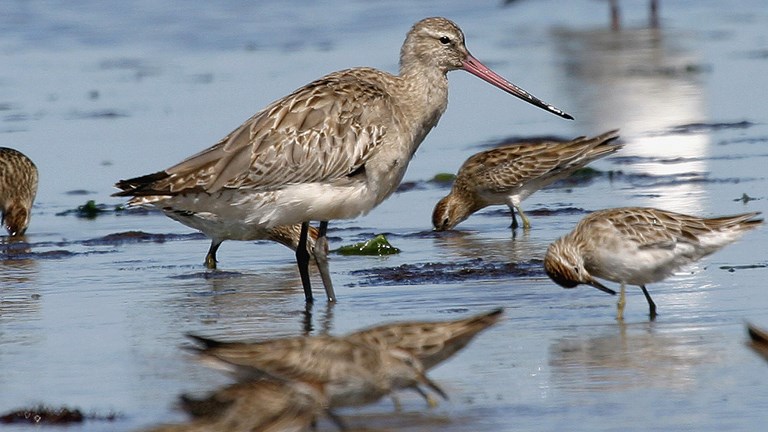
Limosa lapponica
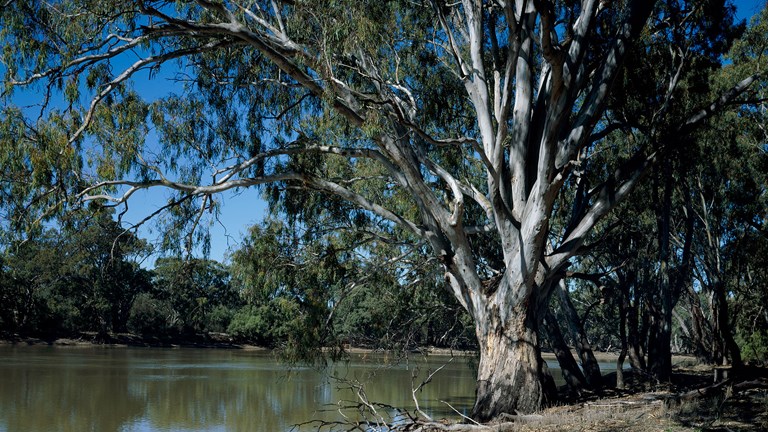
There are many types of dry forests in Victoria including stringybark, red gum, grassy woodlands and the remnants of the once great box–ironbark forests.
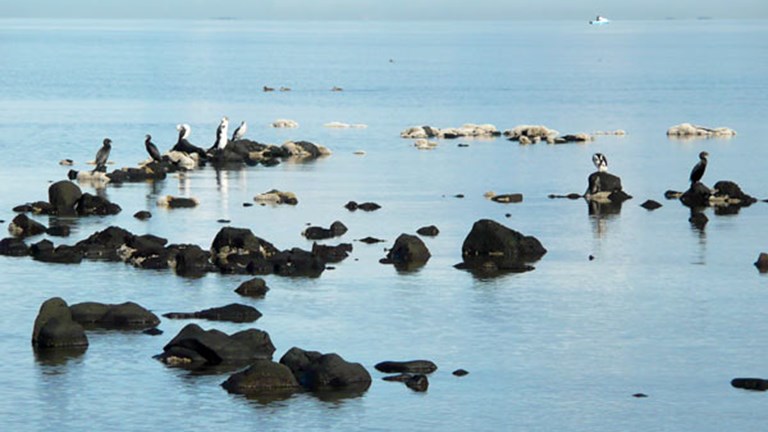
Victoria’s coastal wetlands are significant places for wildlife, with many listed in international conventions to protect the habitat of migratory birds.
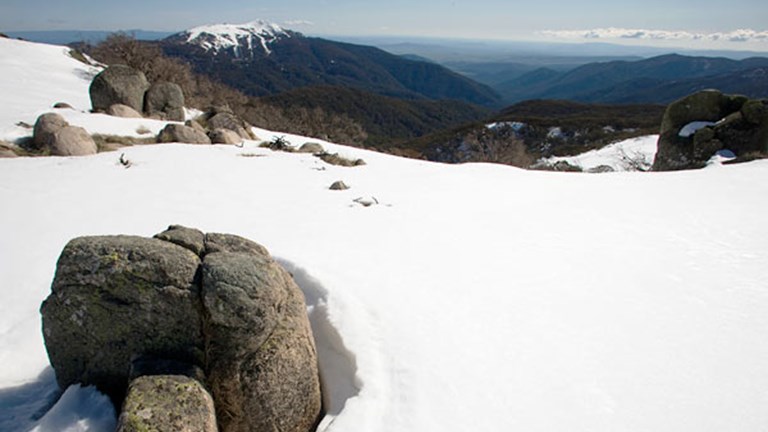
The Victorian Alps extend from the plateaus of Lake Mountain and Mt Baw Baw to peaks such as Mt Feathertop and the headwaters of the Murray River.
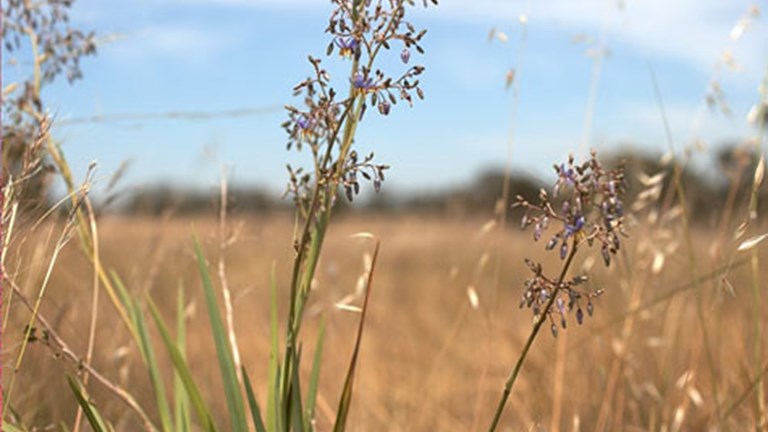
When the first Europeans arrived in Victoria there were grasslands on the vast, undulating western plains, on the northern plains and in Gippsland.
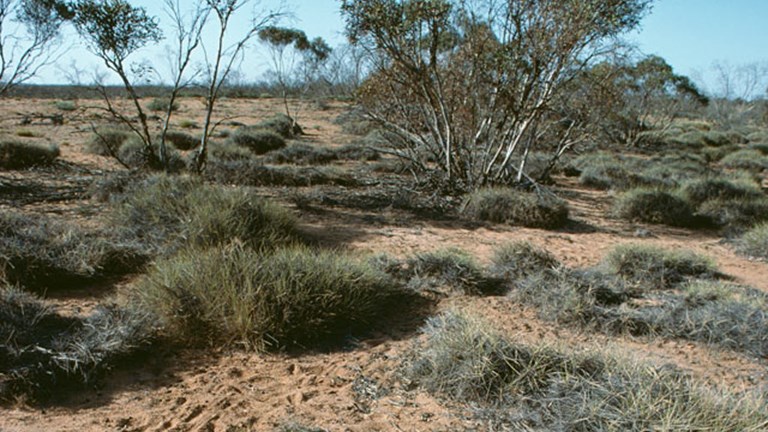
The Victorian Mallee in the north-western corner of the state has a mosaic of vegetation types adapted to low rainfall and sandy soils.
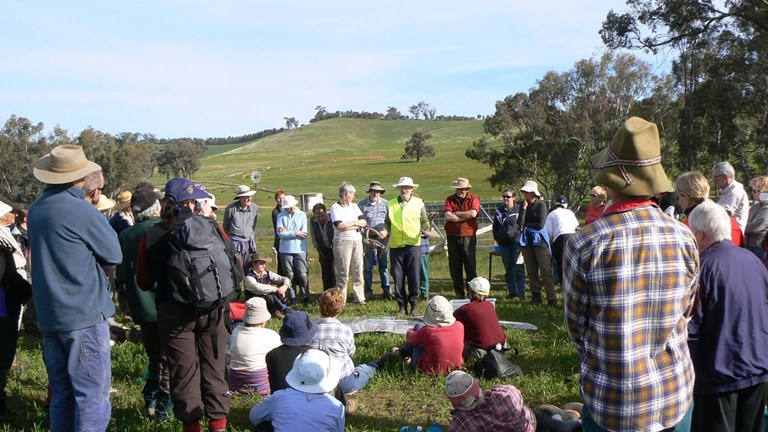
Find out about the issues affecting our special places and the plants and animals that live in them, and discover some ways you can help.
We are making improvements to our website and would love to hear from you about your experience. Our survey takes around 10 minutes and you can enter the draw to win a $100 gift voucher at our online store!
Museums Victoria acknowledges the Wurundjeri Woi Wurrung and Boon Wurrung Bunurong peoples of the eastern Kulin Nations where we work, and First Peoples across Victoria and Australia.
First Peoples are advised that this site may contain voices, images, and names of people now passed and content of cultural significance.